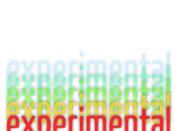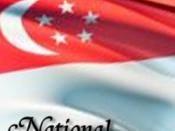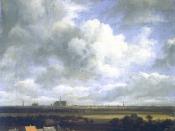Another art movement that transferred from the sixteenth century to the seventeenth century was another art format known as genre art. However, genre art of the seventeenth century was allowed to have no religious connotation at all. This movement is the opposite of academic art because of its lack of authoritive influence and non-religious, non-grandiose subject matter. Not dealing with the subject matter of royalty or religious icons or scenes does not, however, mean that there was no influence of previous masters. This art became most popular amongst the "middle class."
One artist, Steen, who even satirized life, did so through The Feast of Saint Nicolas. Rather than depicting a tidy household. Steen depicts a disruptive situation amongst chaos. The range of the subjects feelings create a rainbow going from happy to sad. Although the theme involves morality and proper behavior, it does not conform to the intellectual conventions of the academy.
The still life became accepted as this non-academic trend spread throughout Europe. Ruysch's Flower Still Life demonstrates more of an anti-academic approach towards art during the seventeenth century. This painting shows sincerity and provides a better insight into actual Dutch life; this is not a representation of a religious figure or royalty. The use of color as opposed to the academic use of line provides much movement and drama; you see a seemingly haphazard spill of flowers that are actually arranged to capture the moment before they will wilt and die.
Van Ruisdael's View of Haarlem from the Dunes at Overveen demonstrates another example of non-academic art. The pure landscape is another format that would contrast the subject matter in academic art. The landscape is there simply to show the beauty of the Dutch city, Haarlem. The clarity and detail seems high at a...


